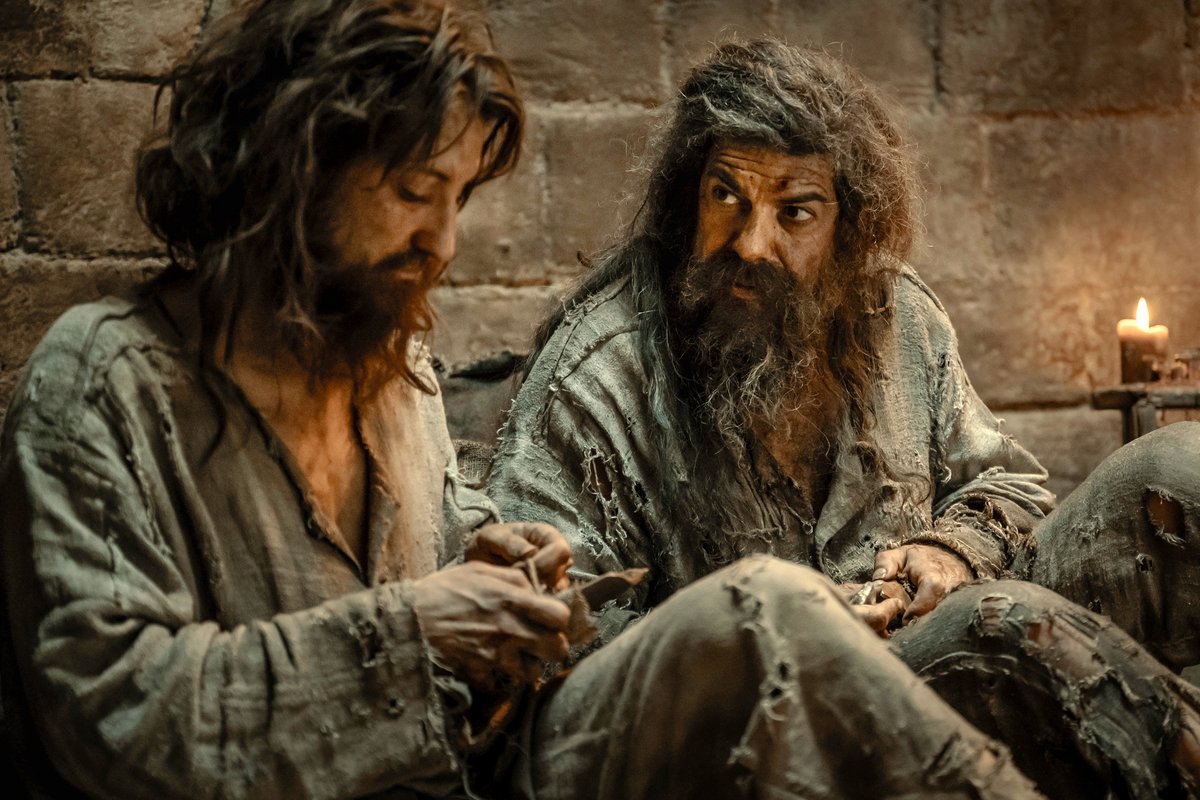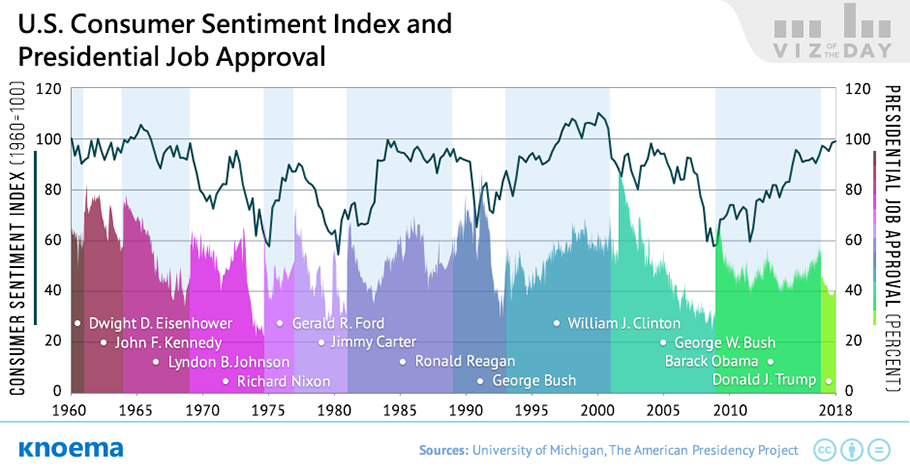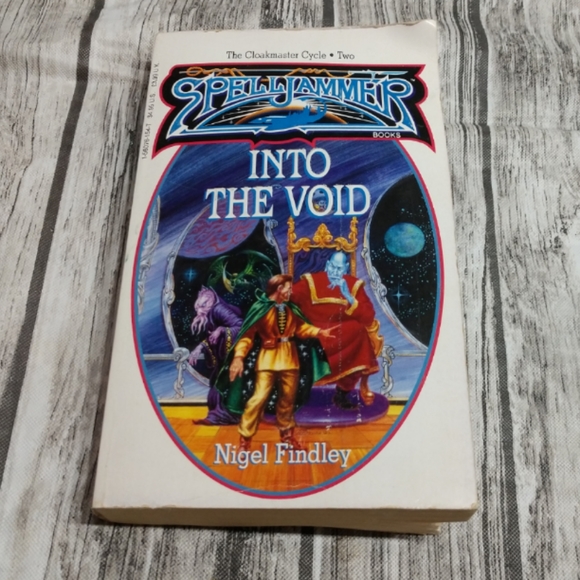The Count Of Monte Cristo: A Comprehensive Review Of The Novel And Its Adaptations

Table of Contents
Few novels have captivated readers for generations quite like The Count of Monte Cristo. Alexandre Dumas's epic tale of betrayal, imprisonment, and ultimately, triumphant revenge continues to resonate with audiences worldwide. This enduring popularity stems not only from its thrilling plot but also from its exploration of timeless themes – justice, betrayal, friendship, and the corrupting influence of power. This review delves into the novel's enduring legacy and examines its numerous film and television adaptations, exploring their successes and failures in bringing Dumas's masterpiece to the screen.
The Novel: A Deep Dive into Dumas' Masterpiece
Plot Summary and Key Characters
The Count of Monte Cristo follows the journey of Edmond Dantès, a young sailor falsely accused of treason. His life is shattered as he is unjustly imprisoned in the infamous Château d'If. Years later, through a stroke of luck and the aid of a fellow prisoner, Abbé Faria, Edmond escapes, discovers a hidden treasure on the island of Monte Cristo, and transforms himself into the wealthy and enigmatic Count of Monte Cristo. Fuelled by a thirst for vengeance, he meticulously orchestrates the downfall of those who wronged him:
-
Key Plot Points:
- False accusation and imprisonment of Edmond Dantès.
- Edmond's escape from Château d'If with the help of Abbé Faria.
- Discovery of the treasure on Monte Cristo and transformation into the Count.
- Meticulous planning and execution of revenge against Fernand Mondego, Danglars, and Villefort.
- Edmond's eventual redemption and finding love and happiness.
-
Key Characters:
- Edmond Dantès: The protagonist, a victim of injustice who seeks revenge.
- Fernand Mondego: A jealous rival and one of the main conspirators against Edmond.
- Danglars: An ambitious and treacherous shipmate who betrays Edmond.
- Villefort: A corrupt prosecutor who participates in the conspiracy.
- Haydée: A captivating and intelligent woman who becomes an ally to the Count.
Themes and Literary Merit
Dumas masterfully weaves together several compelling themes that contribute to the novel's lasting appeal:
- Revenge: The central theme, exploring its moral ambiguities and consequences.
- Justice: The novel questions the nature of justice and whether revenge is a legitimate form of it.
- Betrayal: The devastating impact of betrayal on friendships and relationships is a powerful recurring motif.
- Friendship: The importance of genuine friendship and loyalty is highlighted through Edmond's relationship with Abbé Faria.
- Love: The novel explores different facets of love, including romantic love, familial love, and even the love for revenge.
- Corruption of Power: The corrupting influence of power and wealth on individuals and institutions is vividly depicted.
Dumas's writing style is characterized by its vibrant descriptions, suspenseful plotting, and dramatic pacing. While his prose might not always be considered elegant by modern standards, its energy and captivating narrative drive the story forward, firmly establishing The Count of Monte Cristo as a cornerstone of the adventure genre.
The Enduring Legacy of the Novel
The Count of Monte Cristo remains remarkably popular today, inspiring countless adaptations and continuing to captivate new generations of readers. Its continued relevance lies in its exploration of universal themes that transcend time and culture.
- Influence on Literature and Film: The novel's influence can be seen in numerous subsequent works, from other adventure stories to modern thrillers. Its impact on popular culture is undeniable.
- Continued Relevance: The themes of injustice, revenge, and redemption remain powerfully relevant in the 21st century, continuing to resonate with modern audiences facing similar struggles.
Adaptations: From Stage to Screen
Notable Film and Television Adaptations
The Count of Monte Cristo has been adapted numerous times for film and television, each offering a unique interpretation of Dumas's classic tale. Here are just a few notable examples:
-
Bullet Points:
- 1934 version (dir. Rowland V. Lee): A classic Hollywood adaptation starring Robert Donat.
- 1961 version (dir. Claude Autant-Lara): A French adaptation that remains faithful to the source material.
- 1975 TV miniseries (dir. David Greene): A popular and critically acclaimed adaptation starring Richard Chamberlain.
- 1998 version (dir. Kevin Reynolds): A more modern interpretation starring Jim Caviezel.
- 2002 version (dir. Kevin Reynolds): A modern take with Guy Pearce.
-
Adaptation Differences: Adaptations frequently condense or alter the plot to suit the screen's time constraints. Certain characters' roles are sometimes enhanced, others minimized, and some subplots omitted entirely.
Analysis of Adaptations: Successes and Failures
The success of any adaptation hinges on its ability to capture the essence of the source material while translating it effectively into a new medium. Some adaptations excel at this, emphasizing the themes and character arcs that make The Count of Monte Cristo so compelling. Others fall short, sacrificing depth for spectacle or simplifying the nuanced plot.
- Successful Adaptations: These often retain the central themes of revenge, justice, and redemption while delivering an engaging narrative.
- Unsuccessful Adaptations: These adaptations may fall short by focusing excessively on action over character development, or by significantly deviating from the core themes. The complexity of the source novel presents a significant challenge for filmmakers.
Conclusion
The Count of Monte Cristo remains a literary masterpiece due to its compelling narrative, richly developed characters, and exploration of enduring themes. Alexandre Dumas's novel continues to captivate readers and viewers alike, as evidenced by the numerous adaptations that have attempted to capture its magic. While some have been more successful than others, the novel’s enduring popularity proves its timeless appeal.
Are you ready to experience the thrill and drama of The Count of Monte Cristo? For a classic experience, delve into the novel itself. For a modern take, consider exploring one of the many film or television adaptations – each offering a unique perspective on this timeless tale of revenge and redemption. The enduring legacy of The Count of Monte Cristo ensures that this story will continue to captivate audiences for generations to come.

Featured Posts
-
 Neymar Apagado Corinthians Derrota Santos Por 2 A 1 E Conquista Importante Vitoria
May 04, 2025
Neymar Apagado Corinthians Derrota Santos Por 2 A 1 E Conquista Importante Vitoria
May 04, 2025 -
 Australias National Election A Global Indicator Of Political Sentiment
May 04, 2025
Australias National Election A Global Indicator Of Political Sentiment
May 04, 2025 -
 Russell Westbrook Un Atout Majeur Pour Denver Analyse Du Triple Double
May 04, 2025
Russell Westbrook Un Atout Majeur Pour Denver Analyse Du Triple Double
May 04, 2025 -
 Bookstores Remarkable Find A 45 000 Rare Novel
May 04, 2025
Bookstores Remarkable Find A 45 000 Rare Novel
May 04, 2025 -
 Disneys Cruella Trailer Highlights The Bitter Rivalry Between Emma Stone And Emma Thompson
May 04, 2025
Disneys Cruella Trailer Highlights The Bitter Rivalry Between Emma Stone And Emma Thompson
May 04, 2025
